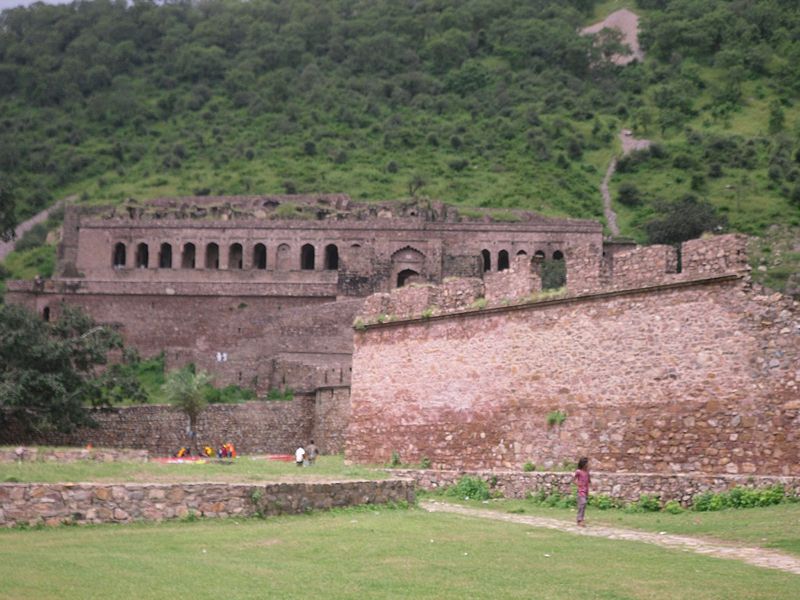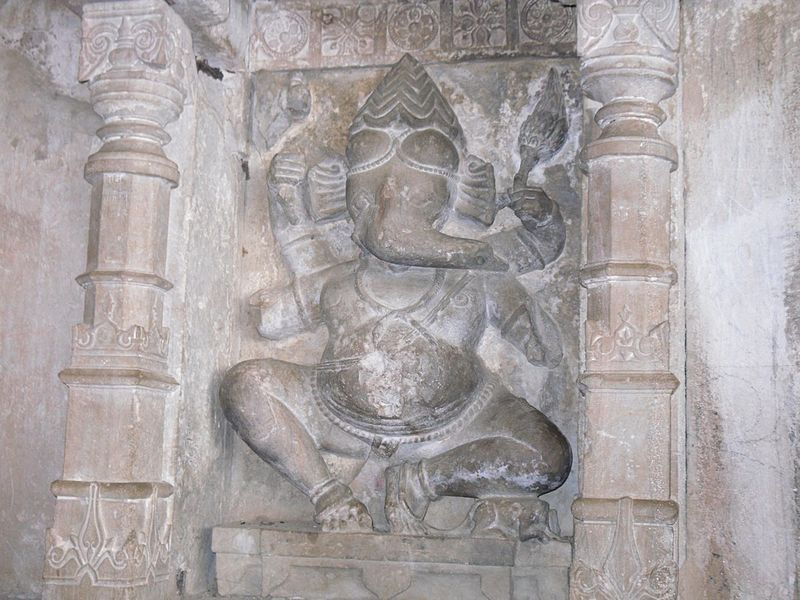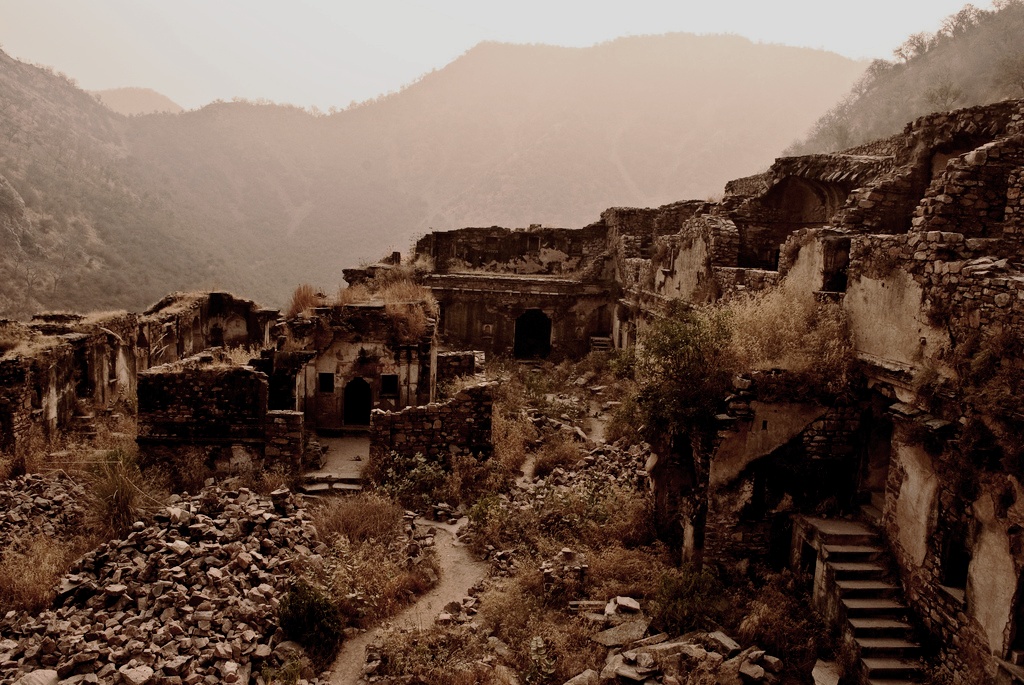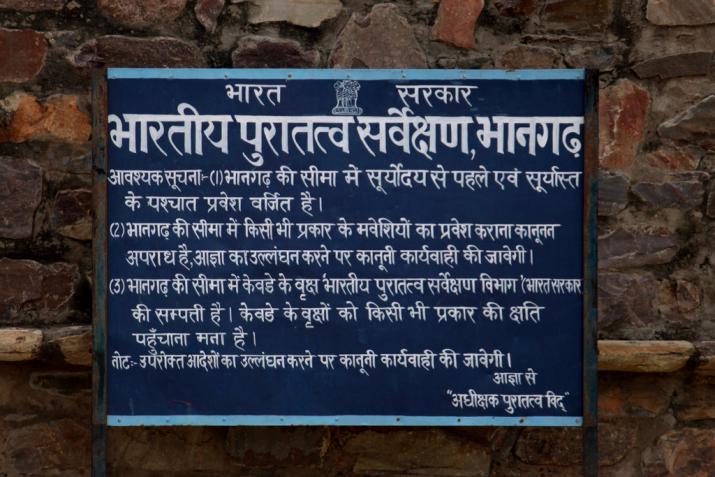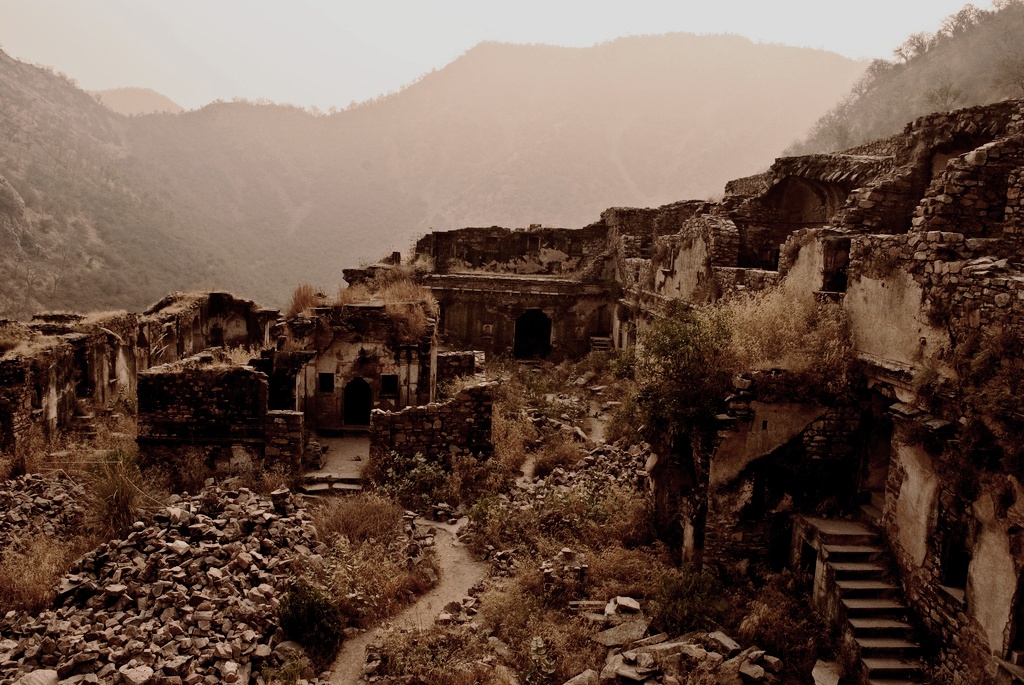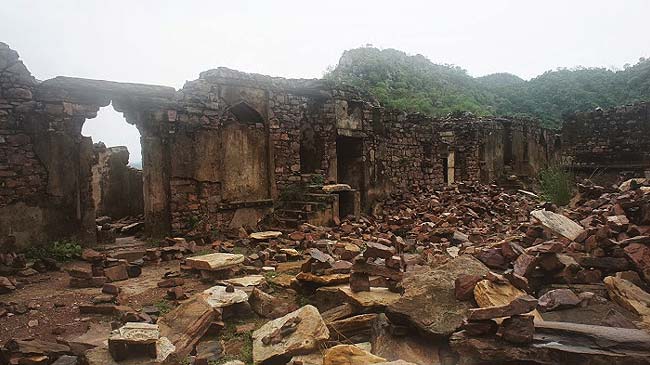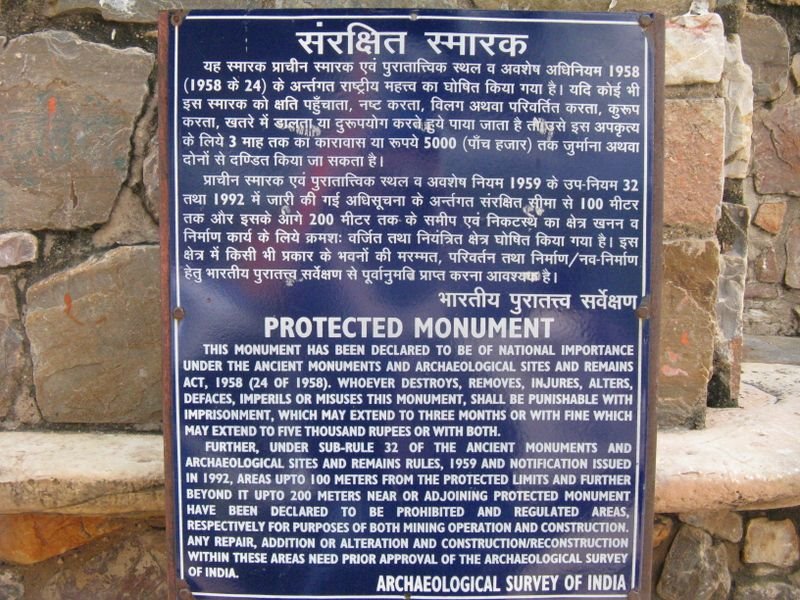English is a ‘phunny’ language, and the sign boards you see around in India prove it. We bring to you 41 epic Indian sign board fails that will leave you ROFLing.
1. For the kinkier ones amongst you.

2. You know, just in case the elephant doesn’t listen to you, or throws dirty water at you.

3. That is one bold way to protest against Section 377.

4. So you know where to go when you want to pick up hot girls.

5. They had contraception till sometime back. Now they just remove their shoes.

6. If you’re bored of wife-swapping, this is the next level.

7. For the nymphomaniac in you.

8. This is very much funny than we can take.

9. So they have child kating too. When are you getting your child kat?

10. Whose is that? Rajnikanth?

11. You know, like take away burgers and pizzas.

12. Don’t complain if it hurts.

13. Uh oh! Someone got a little too honest.

14. Free families, anyone?

15. Three polar bears please.

16. Because doesn’t every little girl want a frog?

17. Thanks for the offer but no thanks.

18. You know, if you’ve always wanted a taller wife.

19. Now don’t tell us you haven’t ever been to any dog wedding.

20. Oh sweet lord!

21. Because aren’t we all fed up of those pricy little pricks that just won’t allow us to visit them?

22. Chicken Sharma – for every Sharma, Verma and Chadha! Lally Pup sounds ‘testy’ too.

23. Woah! That is one hell of a menu. This is how far technology has come – Computer Juice!

24. Umm well, we can’t even disagree.

25. Best family in the world, isn’t it?

26. That’s honest.

27. You know because finding the G spot could be harder in the dark.

28. If you want to find a baling date for your goat, this is the place. Good luck!

29. We told you not to have too much of spicy food, didn’t we?

30. For all the asses out there.

31. That makes even gibberish easy to understand.

32. Look out for the man with a hairy lungi.

33. Try to understand that, without understanding.

34. Rs. 5 only. That’s quite affordable.

35. But isn’t prostitution illegal?

36. Can you decode that?

37. If you’re wearing them on the head, then it’s totally fine.

38. Now that was a detail the world didn’t really want to know.

39. Thakur, are you listening?

40. Free child, anyone?

41. Natural weathering can really do wonders!

Photo: © facebook (Main Image)

